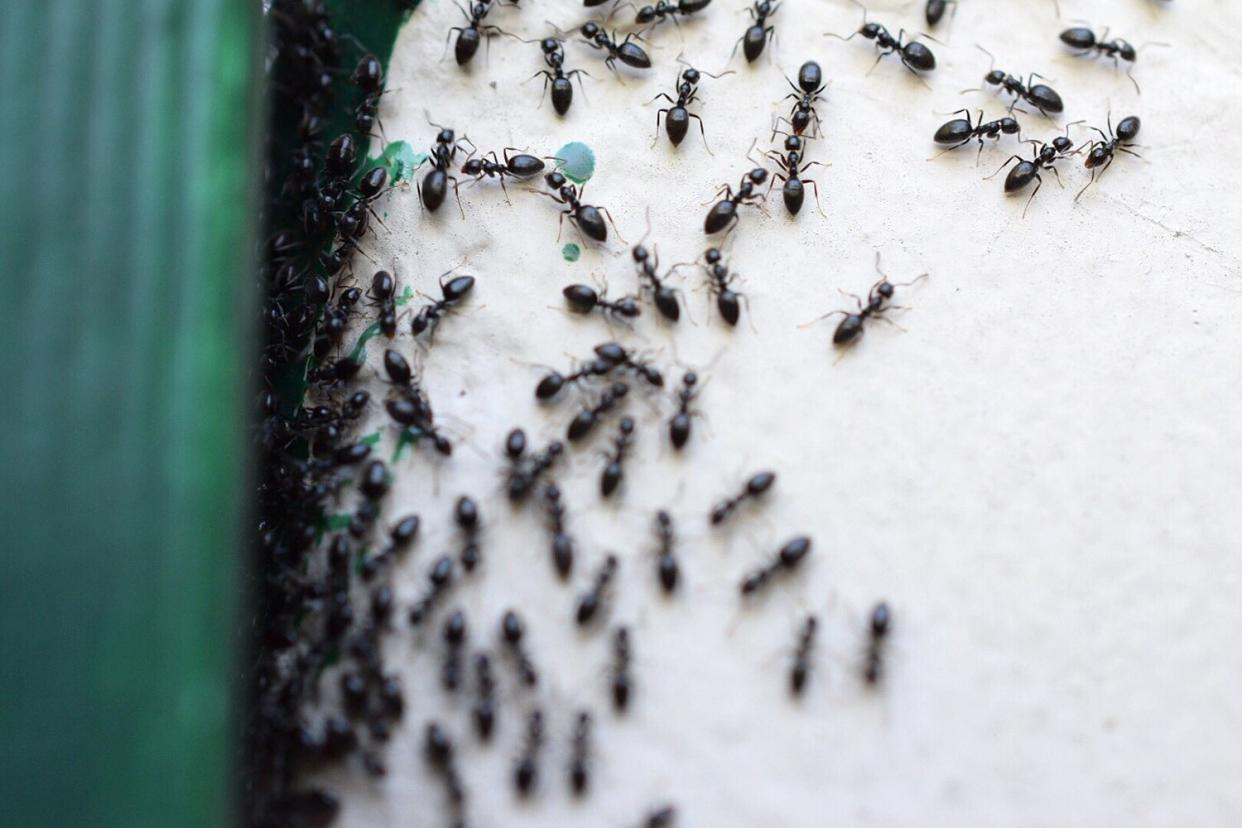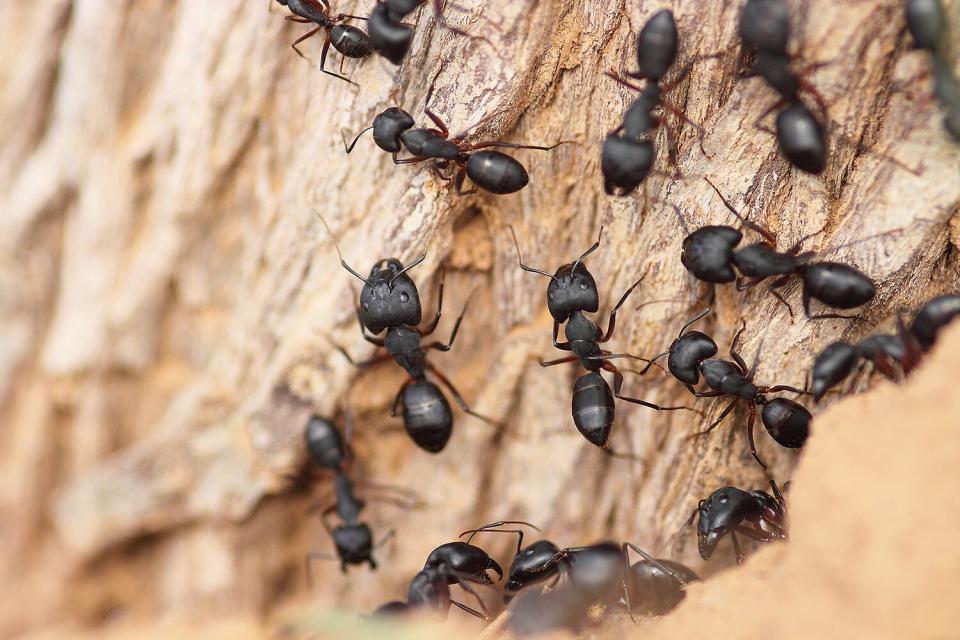Scientists Believe There Are 20,000,000,000,000,000 Ants on Earth — And That's a Conservative Estimate

Getty
Scientists believe that a whopping 20,000,000,000,000,000 (20 quadrillion) ants live on Earth — and that's just a conservative estimate.
The Proceedings of the National Academy of Sciences (PNAS) revealed its stunning findings in a paper released Monday highlighting new insight into the insects' population, which scientists know little about.
The Earth's ant population is believed to have a total biomass of ∼12 megatons of dry carbon, which "exceeds the combined biomass of wild birds and mammals," per the paper.
The scientists from the University of Hong Kong assessed 489 global studies as part of their research into the global ant population as they look to expand the world's breadth of knowledge on the insects.
RELATED: Amazon Rainforest, 'The Planet's Lungs,' Approaches an Alarming 'Tipping Point': Study
Patrick Schultheiss, a lead author on the study who works as a researcher at the University of Würzburg in Germany, described the findings as "unimaginable" in an interview with the Washington Post.
"We simply cannot imagine 20 quadrillion ants in one pile, for example," Schultheiss told the outlet. "It just doesn't work."

Getty
The global ant population "is distributed unevenly" across Earth, according to PNAS. The tropics are home to the most ants, though they can be found in various environments.
Leaf-litter ants are most common in forests, while ground-foraging ants are currently highest in dry, desert-like regions, per Monday's paper. Ground-dwelling ants, meanwhile, are largely found in tropical and subtropical regions.
Never miss a story — sign up for PEOPLE's free weekly newsletter to get the biggest news of the week delivered to your inbox every Friday.
Information about insects' abundance has been "is currently lacking," despite them being a "fundamental" part of understanding how ecosystems function.
The new study not only emphasizes "the central role ants play" in our ecosystems, but also addresses the "major ecological and geographic gaps" in humans' knowledge of these insects, PNAS said.
"Our results provide a crucial baseline for exploring environmental drivers of ant-abundance patterns and for tracking the responses of insects to environmental change," they added.

